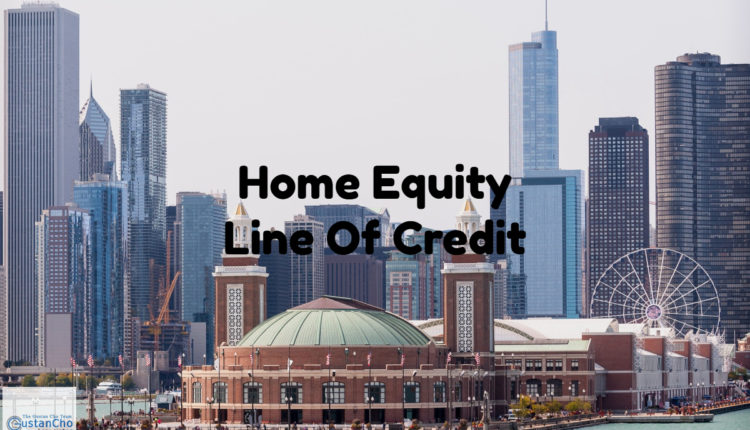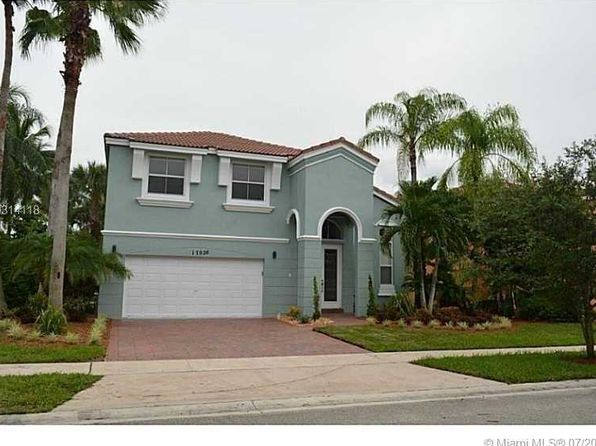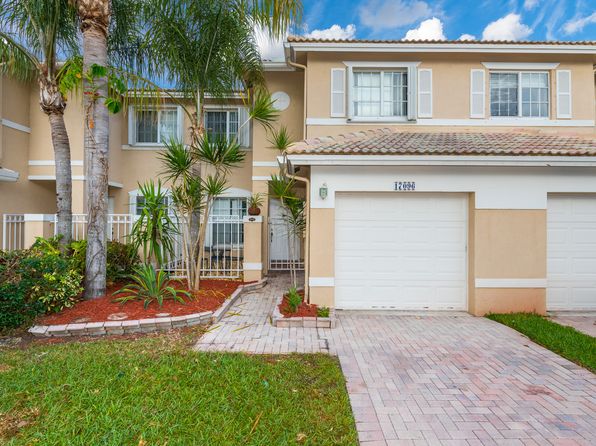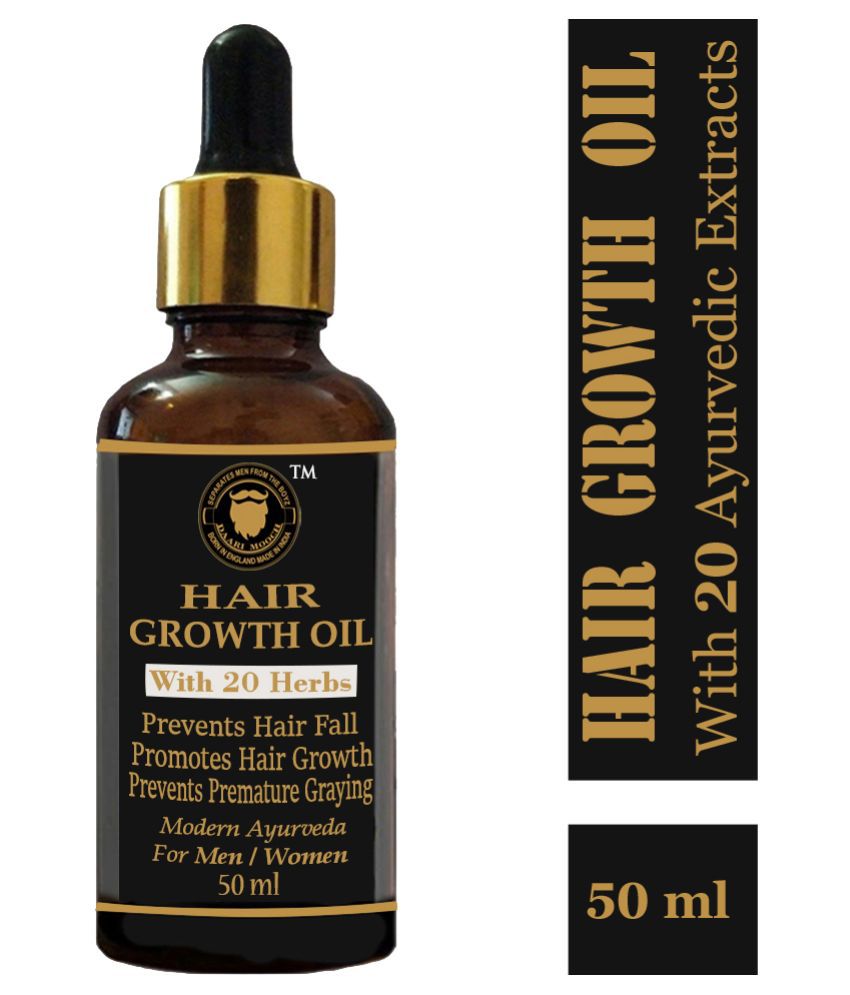Table of Content
If, however, you’re happy with the current loan terms on your mortgage and you’re comfortable taking on another loan, a HELOC could make a lot of sense. It’s all about matching the right loan option with the right circumstances. Although you could certainly use your entire line of credit in one go, HELOCs are ideally constructed for recurring costs.

And like a credit card, repaying your balance will replenish the amount of money available for withdrawal. This can increase your risk level and is not recommended unless you are certain you can make your mortgage payments on time every month. You can also choose to use a home equity line of credit instead of a traditional loan. A HELOC works much like a credit card — you’re given a certain amount of credit and you can draw from it whenever you need. The interest rate on these types of open-ended loans is typically variable, which means it could go up or down depending on market conditions. While the interest rate may be higher than other loan options, the flexibility of having access to funds when you need them makes it an attractive option for many people.
Cash Out Refinancing vs Home Equity Line of Credit
You start paying back the principal plus interest when the repayment period kicks in. Closing costs are likely to be 2% to 3% of your loan amount for any type of refinancing, and you may be subject to taxes depending on where you live. If you think that borrowing against your available home equity could be a good financial option for you, talk with your lender about cash-out refinancing and home equity lines of credit. Based on your personal situation and financial needs, your lender can provide the information you need to help you choose the best option for your specific financial situation. Open-ended loans come in many forms, so it's important to consider the options available and what works best for your situation. Besides the home equity loan and HELOC, you may also be able to qualify for a personal line of credit, which can be used for a variety of purposes.
What this means is that a bank has agreed to give you a line of credit for 3-5 years, but then after that time period you will need to reinstate the HELOC for another 3-5 years. This isn’t necessarily a bad thing, however, it is worth noting how it impacts the interest rate you’re borrowing against. If your original HELOC was locked in at 4% and rates increase over the next 5 years, you might be locking in a new HELOC at a higher rate.
Payday Loans vs. Personal Loans
Each offers its own terms, advantages and comes with no origination fees nor closing costs. Overall, these lines of credit have lower closing costs than other personal loans. In addition to cash-out refinances, there are a variety of other types of open-ended loans available.
From personal loans to home equity lines of credit, learn more about the various types of open-ended loans that can help you get the financing you need. HELOCs, like credit cards, are what’s known as revolving credit products. That refers to the ability of a borrower to draw money, repay it and draw more. That process can be repeated throughout the life of the line of credit, which in most HELOCs is 10 years. A cash-out refinance is a process where you take out a new mortgage for a larger amount than the current mortgage balance. This will allow you to use the equity built up in your home as collateral.
The Big Picture: Types of Refinancing
Amanda Jackson has expertise in personal finance, investing, and social services. She is a library professional, transcriptionist, editor, and fact-checker. Also, if you opt out of online behavioral advertising, you may still see ads when you log in to your account, for example through Online Banking or MyMerrill. These ads are based on your specific account relationships with us. We ask for your email address so that we can contact you in the event we're unable to reach you by phone.
The lower interest rate can make a HELOC significantly more affordable than other borrowing options. Let’s look at the pros and cons of a HELOC to help you decide between the two. Just like with your original home loan, if you cannot repay your mortgage or miss multiple payments, your lender can take steps toward foreclosure. So long as you qualify for both, it’s possible to repay the balance of your HELOC using a cash-out refinance. Whether you’re in need of funds for a home project, a life event or even to pay off other forms of debt, accessing the equity in your home may be an effective way to make your dreams come true. VA Cash-Out Refinance VA Cash-Out refinancing allows prospective homeowners to take equity out of their home in the form of cash.
But if the opposite is true, you should take a hard look at your complete financial picture before agreeing to a cash-out refi. The amount left over is paid out to you as a lump sum, and you’re free to use that money any way you like. You may be required to pay a transaction fee each time you make a withdrawal or an inactivity fee if you don't use your credit line at any time during a predetermined period. During the draw period, you pay only interest on what you've borrowed.
This type of loan allows you to tap into the equity of your home, taking out cash and using it for any purpose you see fit. With a cash-out refinance, you are essentially taking out a new loan, with a new interest rate and repayment terms, which replaces your existing mortgage. Cash-out refinancing is a very low-interest way to borrow the money you need for home improvements, tuition, debt consolidation or other expenses. If you have big expenses that you need to borrow money for, a cash-out refinance can be a great way to cover those expenses while paying little in interest. Unlike a cash-out refinance, a home equity loan doesn’t replace the mortgage you currently have.
Let’s take a closer look at refinance vs. home equity line of credit. The money from HELOCs also doesn’t have to be used for home improvement. It can be used in other ways, from debt consolidation to making major purchases. HELOCs are designed to be a flexible way to leverage the equity in your home. There are no use restrictions for the funds you receive, so a HELOC can be flexible to what you need it for.
The opinions expressed are the author’s alone and have not been provided, approved, or otherwise endorsed by our partners. While there are plenty of resources that explain what a home equity line of credit is and what you can use it for, you’re not alone if you still have questions. Explore cash-out refinancing and the possibilities it can unlock to help you reach your financial goals. Understand how your home equity financing will affect your taxes and whether you may qualify for any tax advantages. Remember that your home is your collateral when you tap into your home equity.















